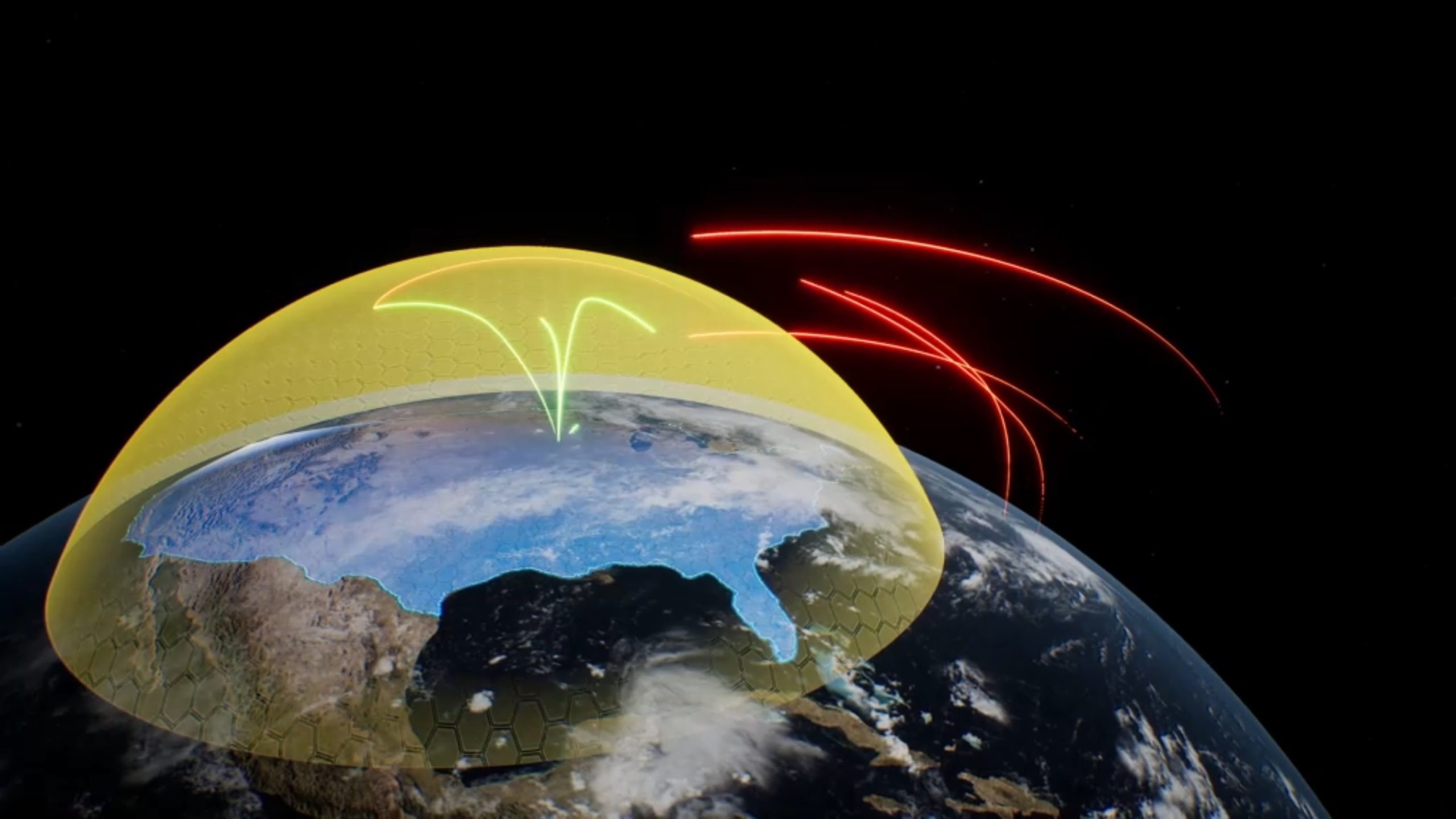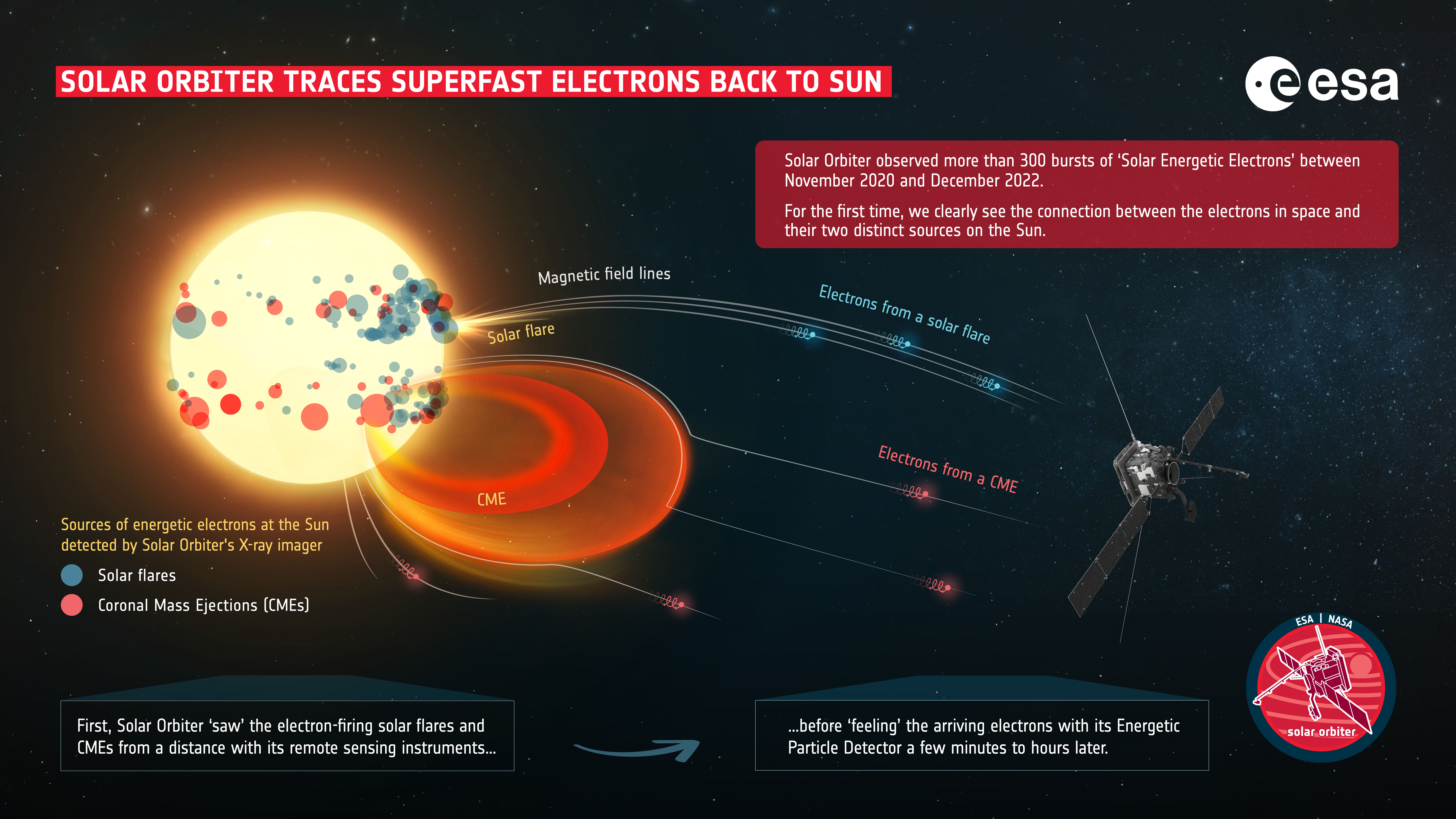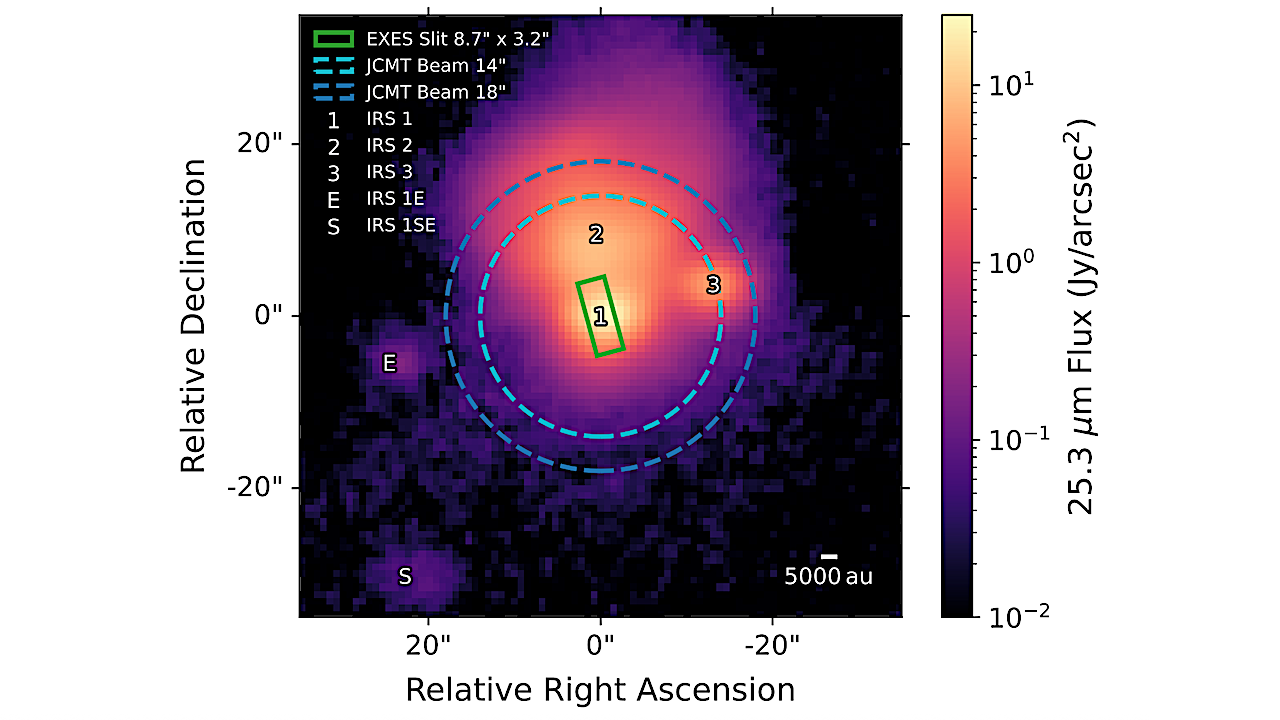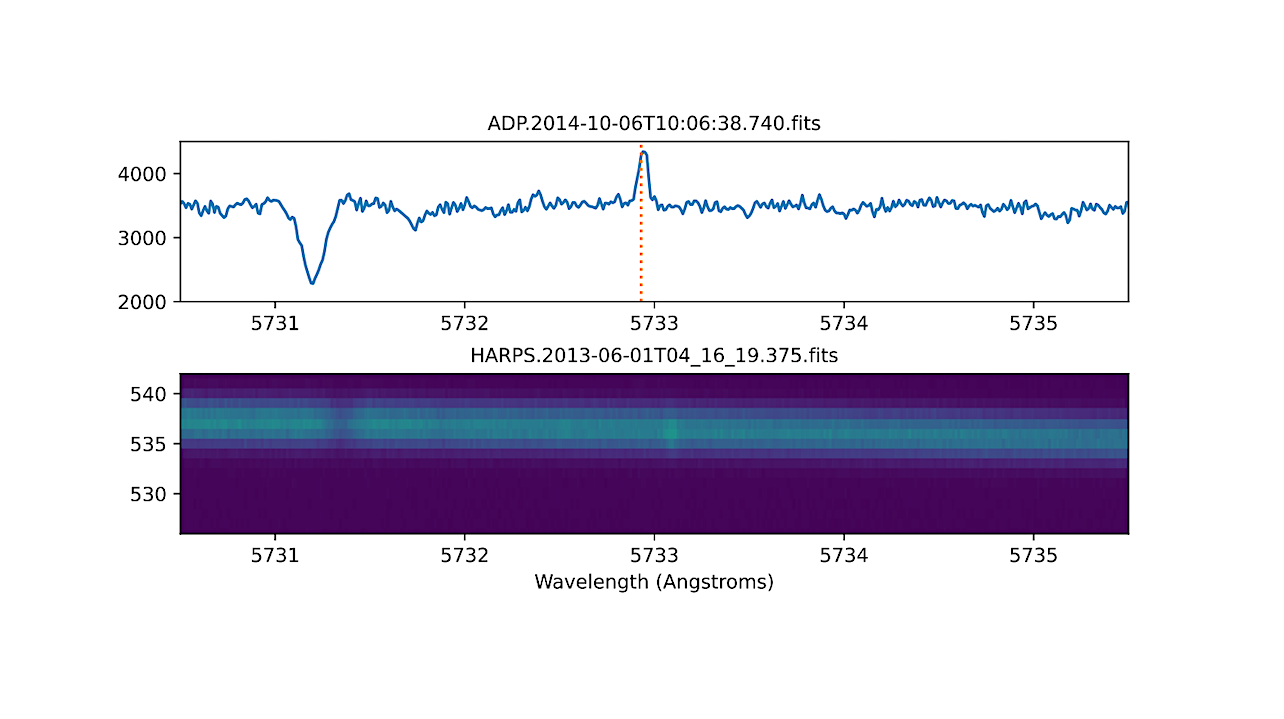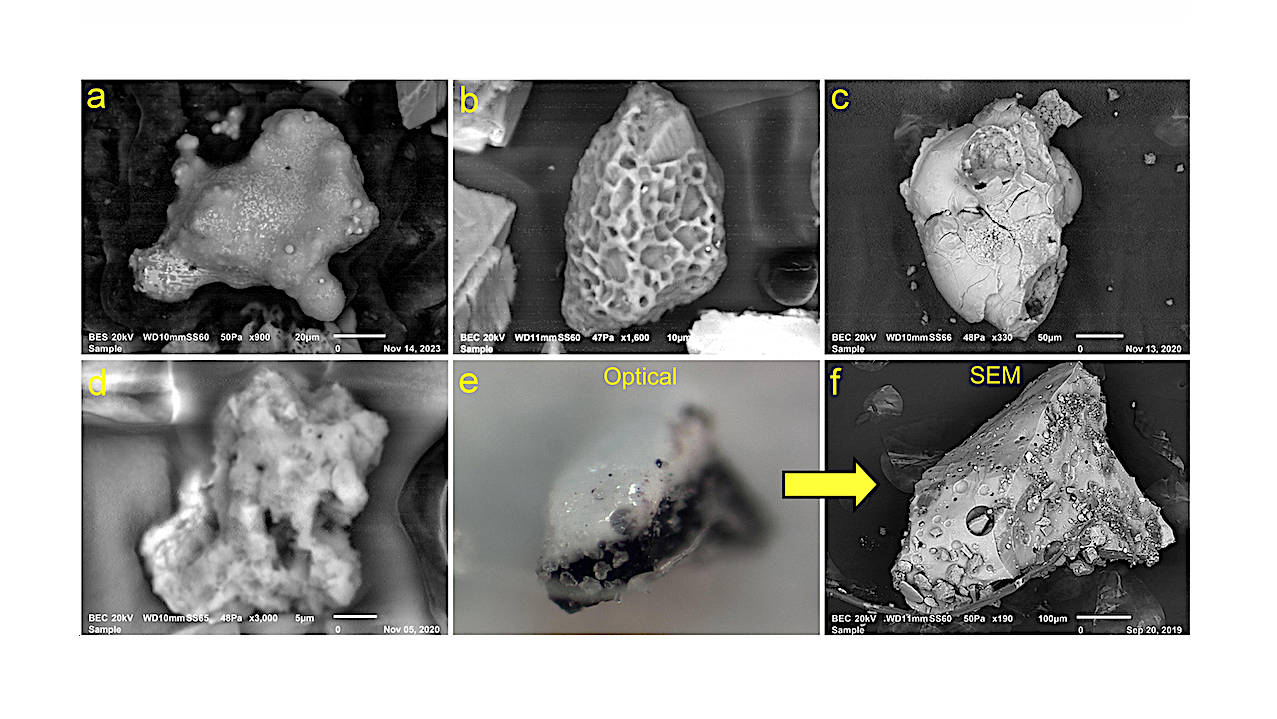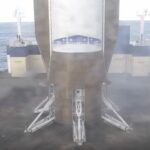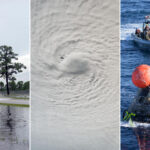The era of single-vector threats is behind us. That was Aerial Defense 1.0, when defenses were designed for ballistic missiles tracked by radar and defeated by linear kill webs. Threats
Hot Posts533- Page
This article was originally published at The Conversation. The publication contributed the article to Space.com’s Expert Voices: Op-Ed & Insights. In a bold, strategic move for the U.S., acting NASA
A Senate Commerce Committee hearing sounded the alarm over the U.S.-China space race, emphasizing American dominance off Earth as the backdrop for NASA’s next funding authorization. Committee Chairman Sen. Ted
The joint European Space Agency (ESA) and NASA Solar Orbiter spacecraft has tracked electrons traveling at nearly the speed of light back to the sun, finding they originated in different
25.3 µm map of the NGC 7538 region from SOFIA/Faint Object infraRed Camera (FORCAST; Herter et al. 2013) archival data (Cycle 1 Program 0034, PI A. G. G. M. Tielens).
This artist’s concept shows NASA’s Neil Gehrels Swift Observatory orbiting above Earth. Credit: NASA’s Goddard Space Flight Center/Chris Smith (KBRwyle) To drive the development of key space-based capabilities for the
Star: HD127423, Spectral Type:G0V, Observation Date/Time: 2013-06-01, 04:16:19.375. Top panel: reduced spectrum. Bottom panel: subsection of the corresponding CCD image for this wavelength range. — astro-ph.IM We examined archived observations
Science & Exploration 29/08/2025 173 views 4 likes For this new Picture of the Month feature, the NASA/ESA/CSA James Webb Space Telescope has provided a fantastic new view of IRAS 04302+2247, a planet-forming disc
When the global space community looks ahead to September, all eyes turn to Paris. From September 15–19, 2025, the French capital will become the decision-making hub of the space domain,
Examples of meltglass from Baffin Bay cores: (a) Agglutinated cluster of aluminosilicate and Fe-rich microspherules (Core 64_312–318 cm); (b) Partially melted quartz grain (Core 52_574-579 cm); (c) Fe and Cr-rich aluminosilicate meltglass
-
 012024 in Review: Highlights from NASA in Silicon Valley
012024 in Review: Highlights from NASA in Silicon Valley -
 02Panasonic Leica Summilux DG 15mm f/1.7 ASPH review
02Panasonic Leica Summilux DG 15mm f/1.7 ASPH review -
 03How New NASA, India Earth Satellite NISAR Will See Earth
03How New NASA, India Earth Satellite NISAR Will See Earth -
 04And Thus Begins A New Year For Life On Earth
04And Thus Begins A New Year For Life On Earth -
 05Astronomy Activation Ambassadors: A New Era
05Astronomy Activation Ambassadors: A New Era -
06SpaceX launch surge helps set new global launch record in 2024
-
 07Space Force plans new ‘Futures Command’ amid pressure to speed up modernization
07Space Force plans new ‘Futures Command’ amid pressure to speed up modernization


